The True Cost of Mould Damage Restoration in Commercial Buildings
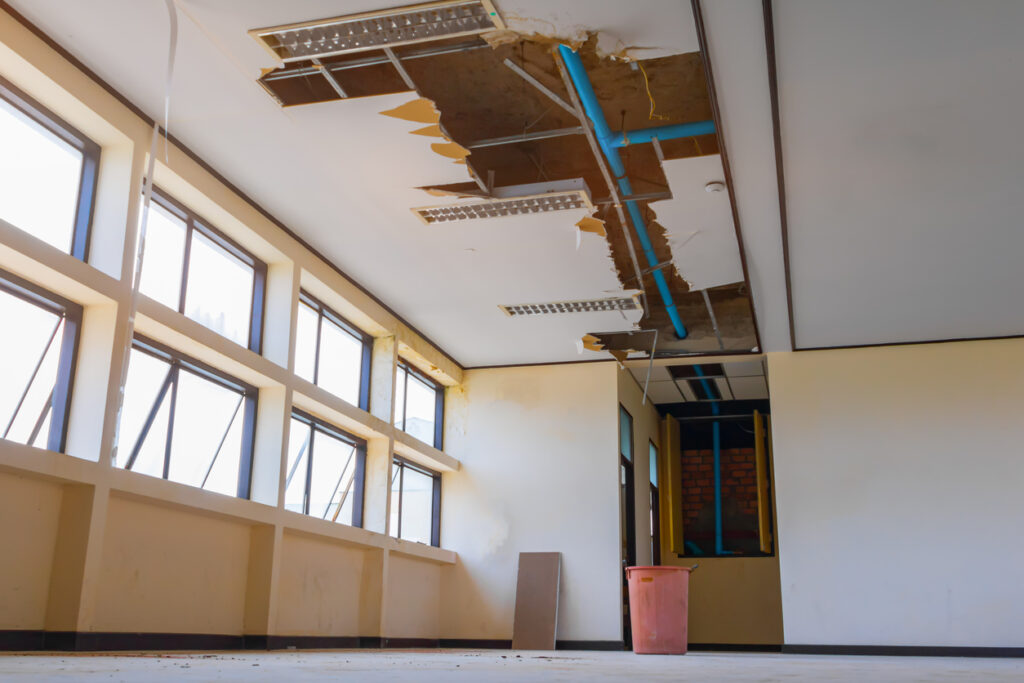
Understand the complete financial impact of commercial mould damage restoration, including hidden costs, business disruption, and prevention strategies for property managers. Hidden costs of mould damage extend far beyond initial remediation expenses. Property managers and business owners need to understand the full financial impact to make informed decisions about prevention and restoration. Direct Restoration Costs […]
Mould Damage: Symptoms, Risks, and Prevention for Commercial Spaces
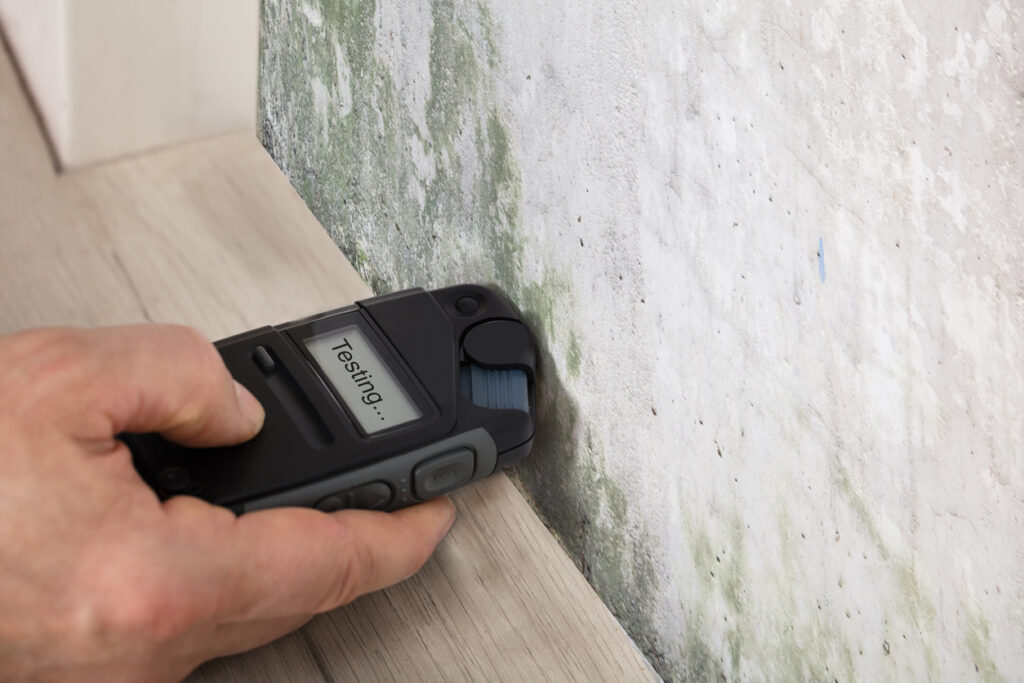
Discover the signs, risks, and easy ways to keep mould damage out of your commercial space – protect your property and keep everyone inside safe and healthy!
How to Prevent and Remove Attic Mould in Homes and Commercial Buildings
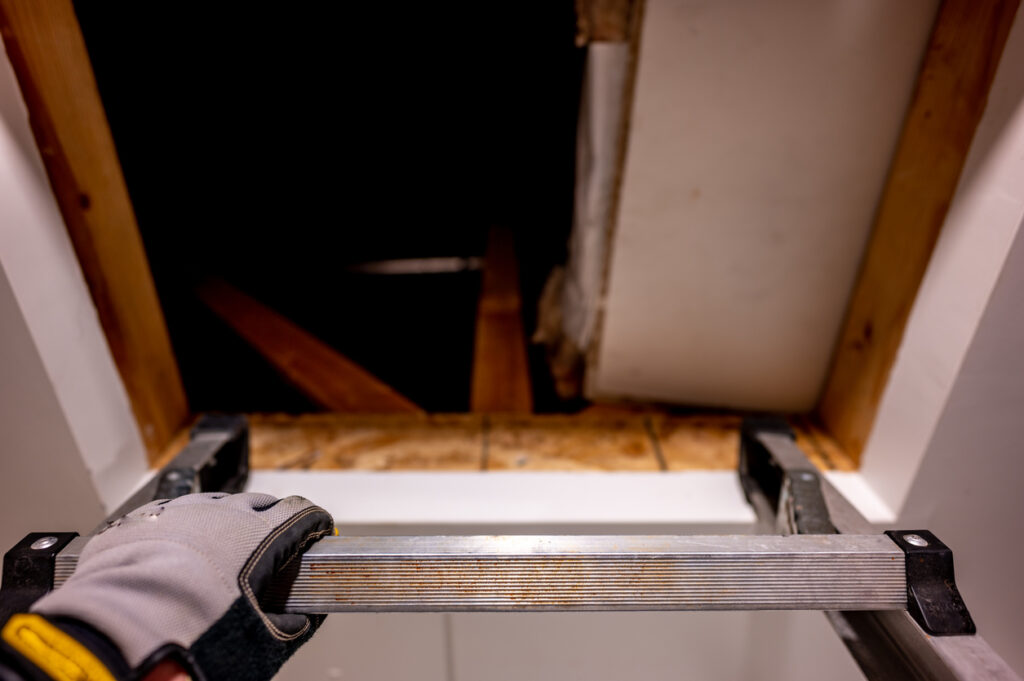
Learn how attic mould forms, how to prevent it in homes and commercial buildings, and the best methods for safe mould removal. Attic mould is a common problem in both homes and commercial properties, often leading to health risks and structural damage if left untreated. Whether you’re a homeowner or a property manager, understanding how […]
How to Check for Mould in Your Commercial Property
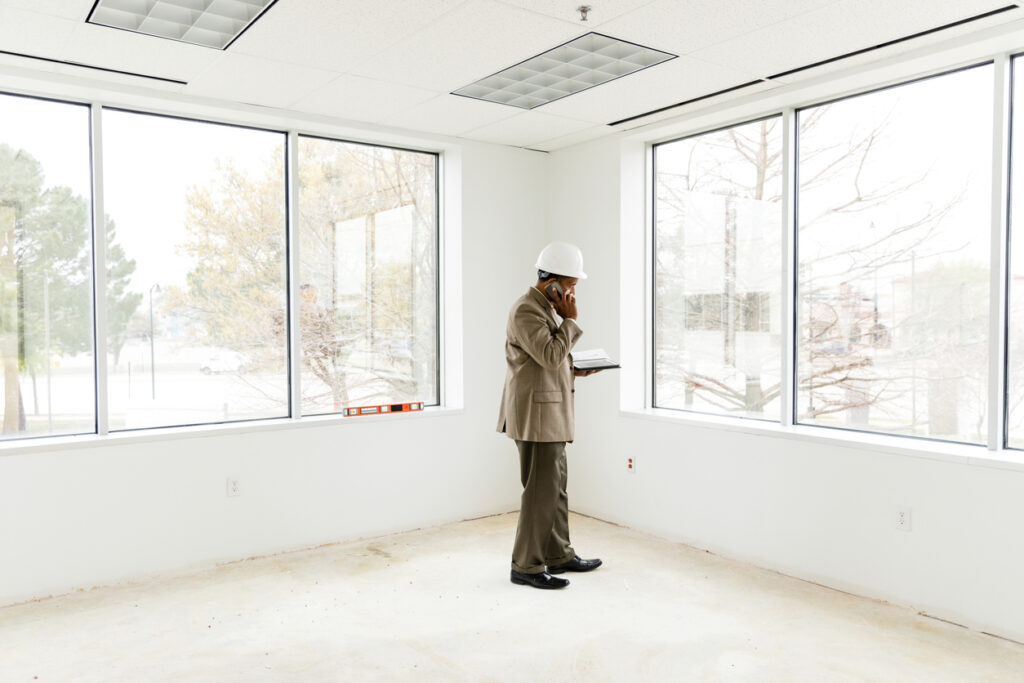
Learn how to check for mould in your commercial property, spot early warning signs, and prevent potential damage with these expert tips. Mould growth in commercial properties can lead to serious health risks and structural damage. As a property manager or business owner, it’s essential to regularly check for mould to ensure the safety and […]
Home Disaster Guide – What to Do When an Emergency Strikes

When disaster strikes, don’t panic! Use our home disaster guide as a checklist for what needs to be done next.
Remediation 101: Everything You Need to Know About Mould Removal
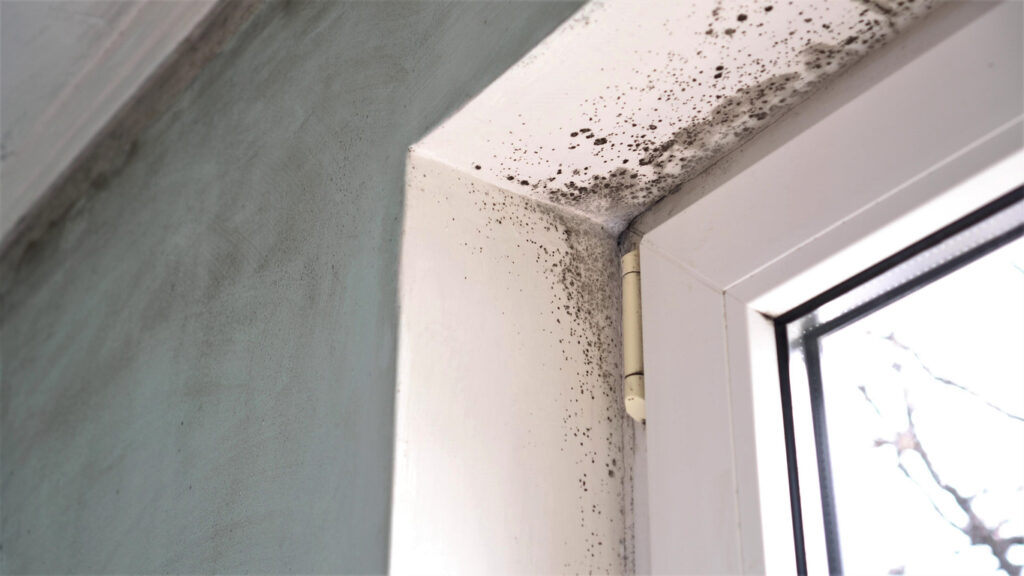
Wondering about mould? Here’s the 411 on mould removal from your friendly neighbourhood restoration expert.
Mold Removal for Commercial Buildings: What Every Facility Manager Needs to Know

Need some mold removal for your commercial building? Here’s what you need to know. Mold infestations can be a silent but devastating issue in commercial properties, affecting not only the structure of buildings but also the health of occupants. As a facility manager, business owner, or decision-maker, understanding the importance of mold removal is crucial […]
What Is Black Mold and How to Get Rid of It?
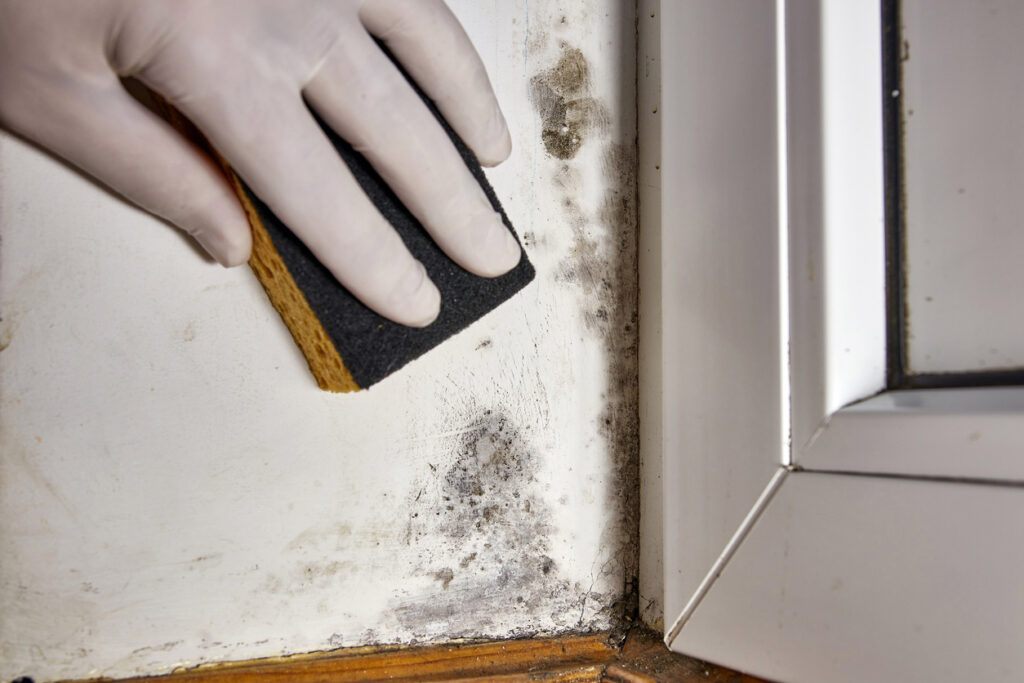
Everyone dreads black mold, but few truly understand it. Here’s a quick overview of black mold removal, from the pros. Understanding Black Mold Black mold, scientifically known as Stachybotrys chartarum, is a type of mold that appears dark green or black. It’s often associated with damp, water-damaged environments and can be found on materials like […]
What’s That Smell? Getting Rid of That Musty Smell in Your Home

If you’re dealing with a musty smell in your home, the culprit may be mold. Check out our tips to get rid of that smell once and for all.
An Expert Guide for Mold Removal in 5 Easy Steps
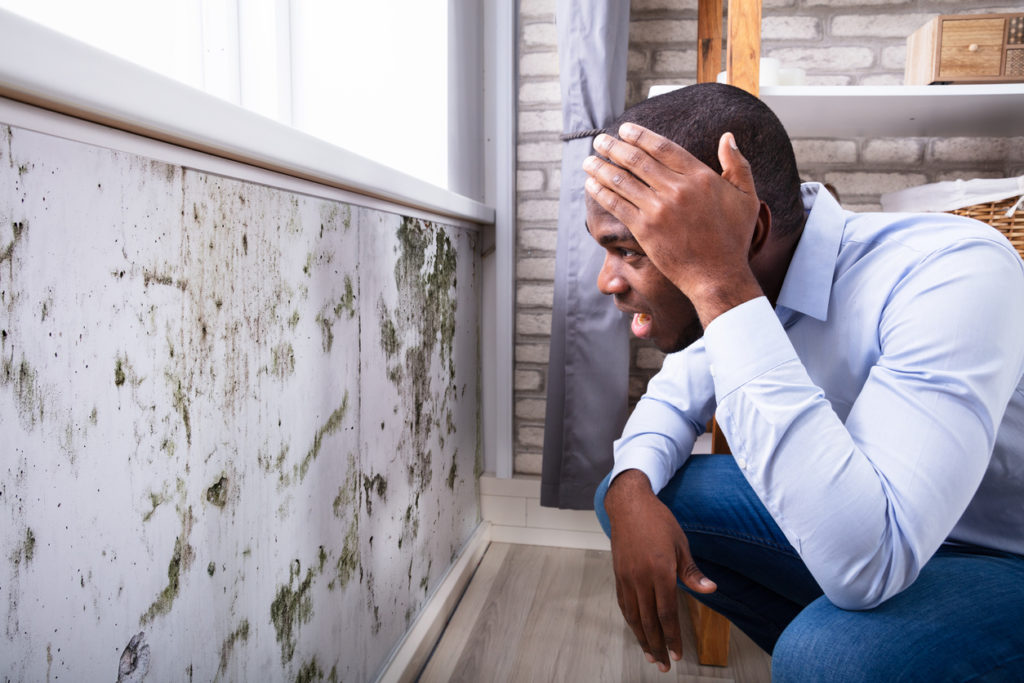
Need to remove some mold? Here is an expert’s brief for mold removal, from the professional mold remediation experts. Mold growth is a major problem for any property owner. Apart from the fact that mold is gross, it’s also a health hazard. Mold grows in wet or damp sections of your property, compromising indoor air […]

